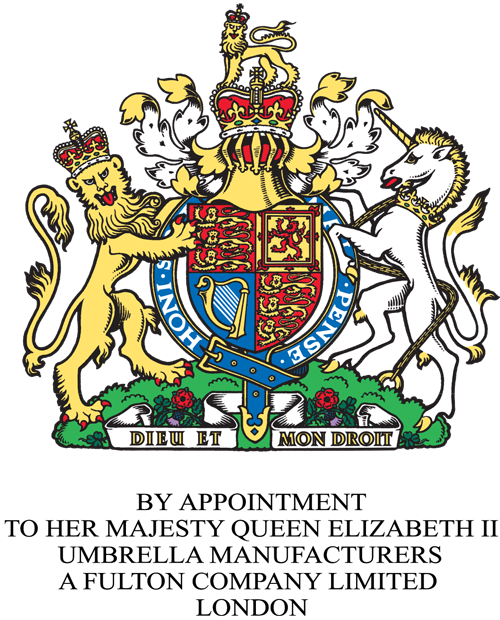Many of us are guilty of enjoying lazy mornings spent binge-watching the latest new series. As a result, it has become somewhat of a ceremonious occasion when a long-awaited season makes a return to our favourite streaming services. The Crown follows on from the proud legacy of the period drama, following the phenomena which followed programs such as Downton Abbey, Peaky Blinders, and Call the Midwife. Well, it’s time to recap season one and two, as we eagerly await the third instalment of the hit production.
What happened in seasons one and two?
The first season began at the start of Queen Elizabeth II’s reign in 1952, initially portrayed by British actress Claire Foy. She married Prince Philip Mountbatten. Elizabeth, the heir to King George VI, and her husband moved to Malta where she gave birth to her two children Charles and Anne. Meanwhile, Philip re-joined the British Royal Navy.
King George’s health began to decline, and this was followed with a terminal diagnosis. He provided guidance for his daughter ahead of her ascension to power, and he later passed away in 1952.
The first season also documented the progression of the Commonwealth of Nations, nuclear testing in the Soviet Union and the relations between the then Prime Minister Winston Churchill (John Lithgow) and US President Dwight E.Eisenhower. The season ended with Churchill leaving office, replaced by Anthony Eden (Jeremy Northam), and the origin of the Suez Canal dispute.
Season two saw Foy’s portrayal of Queen Elizabeth II resume, with notable historical points leasing the plotline further. These included the unfolding of the Suez Canal dispute to the retirement of Harold Macmillan in 1963, and the birth of her son, Prince Edward, in 1964. Elizabeth gets entangled in the publicised backlash originated from Lord Altrincham (John Heffeman), amidst a trail of her own person qualms surrounding the state of her marriage to Philip. Philip is crowned and given the title ‘The Prince Philip, Duke of Edinburgh’ in February 1957.
Viewers learned more about Elizabeth’s familial circle, specifically regarding her sister Princess Margaret (Vanessa Kirby) and Queen Elizabeth The Queen Mother (Victoria Hamilton). From The Marburg Files scandal and the exile of the Duke of Windsor (Alex Jennings) to a presidential visit from John F. and Jackie Kennedy prior to his assassination in November 1963, Elizabeth steered the country through a decade of rapid changes and political unrest. The second series ended at the birth of Prince Edward, her fourth child.
In line for the throne: What should we expect from season 3?
Of course, we are all eagerly awaiting the already iconic production to return to our screens. Famous British Oscar winner Olivia Coleman taking over for Foy, and Tobias Menzies picking up his duties as the Duke of Edinburgh. We expect to enter a new ear of Elizabeth’s reign when the series resumes on Sunday 17th November. The third and fourth instalments are set to delve into the years 1964-76, and viewers can expect to be introduced to the Duke and Duchess of Cornwall. Viewers will also witness the disintegration of Princess Margaret’s marriage to Lord Snowdon. In terms of historical points of interest, the moon landing and the decolonization of Africa look set to dominate the plotline of the third series.
Images of Coleman have been released as a teaser ahead of the big return — and we believe that a classic birdcage umbrella wouldn’t look out of place in the striking shot! Keep your eyes peeled for the trailer and get ready to binge watch the UK’s acclaimed regal drama!




